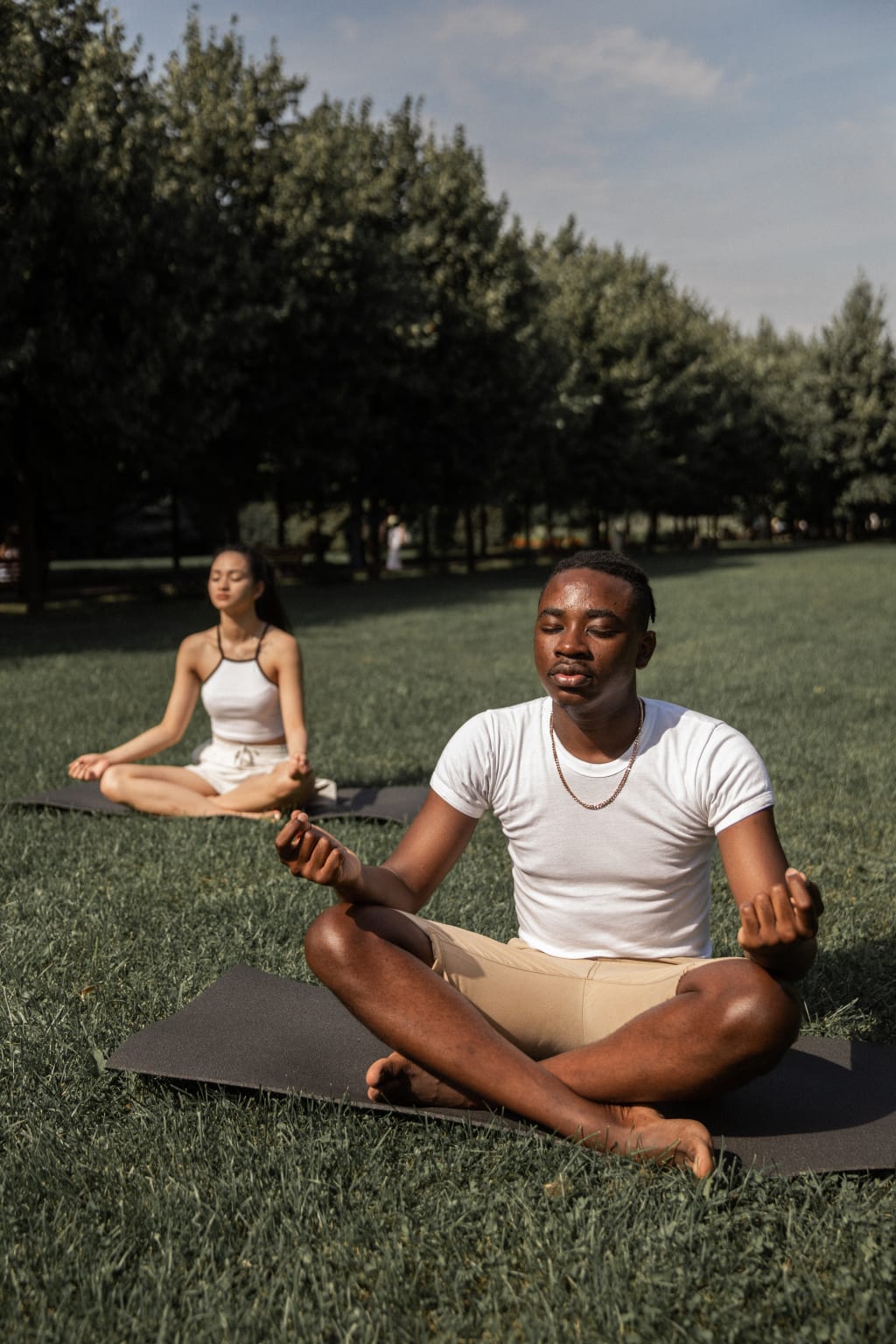
Introduction
Stress is an inescapable part of life in today's fast-paced, demanding, and ever-changing world. It can come from a variety of sources, including work, relationships, finances, and health. While stress can be a normal and healthy response to challenges, it can also become harmful if it is not managed effectively. It can have a negative impact on both our physical and mental well-being, affecting our overall quality of life. However, there are effective techniques that can help manage and alleviate stress. One such technique is meditation. In this article, we will explore various meditation techniques that can aid in stress relief and provide a range of other benefits.
Understanding Stress
Before delving into meditation techniques, it's important to understand what stress is and how it affects us. Stress is a natural and unavoidable element of life. It is our body's way of responding to challenges and demands. It triggers a series of physiological and psychological changes in our bodies, preparing us to face challenges. However, chronic stress can lead to various health issues, including anxiety, depression, and cardiovascular problems.
The Benefits of Meditation
Meditation has gained popularity as a powerful tool for stress relief and overall well-being. It involves training the mind to focus and redirect thoughts, cultivating a deep sense of relaxation and inner peace. The benefits of meditation extend beyond stress reduction and include improved mental clarity, emotional stability, and increased self-awareness.
Different Meditation Techniques
There are various meditation techniques available, each with its unique approach and benefits. Here are a few commonly practiced techniques:
- Mindfulness Meditation: This technique involves being fully present in the moment, observing thoughts and sensations without judgment. It helps cultivate awareness and acceptance of the present experience.
- Transcendental Meditation: This technique uses silent mantras to achieve a deep state of relaxation and transcendence. It aims to access a state of pure consciousness beyond the thinking mind.
- Loving-Kindness Meditation: This practice involves directing feelings of kindness, compassion, and goodwill towards oneself and others. It promotes emotional well-being and reduces negative emotions.
- Guided Visualization: In this technique, a guided meditation audio or script is used to create mental imagery, helping the practitioner relax and focus their mind on positive experiences.
- Yoga and Meditation: Yoga combines physical postures, breath control, and meditation to promote relaxation and overall well-being. It is a holistic practice that benefits both the body and mind.
How to Start Meditating
Getting started with meditation requires a few key steps:
- Creating a Meditation Space: Designate a quiet and comfortable space where you can practice meditation regularly(a place where you won't be interrupted or disturbed). It could be your bedroom, a spare room, or even a closet or simply a corner in your home.
- Choosing a Meditation Technique: Explore different techniques and choose one that resonates with you. Experiment and find the approach that brings you the most peace and relaxation.
- Sit comfortably: You can sit in a chair, on the floor, or even in bed. Just make sure that you're in a position where you can relax and focus.
- Close your eyes: This will help you to focus on your breath and to block out distractions.
- Focus on your breath: Pay attention to the rise and fall of your chest as you breathe in and out.
- Don't judge your thoughts: If your mind wanders, don't judge yourself. Just gently bring your attention back to your breath.
- Setting a Regular Practice: Establish a regular meditation routine. Start with a few minutes a day and gradually increase the duration as you become more comfortable.
- Tips for Beginners: Don't try to meditate for an hour each day if you're not used to it. Begin with short sessions (it could be of 5 or 10 minutes and gradually increase the amount of time you meditate as you get more comfortable with it) focus on your breath, and be patient with yourself. It's natural for the mind to wander during meditation, but gently guide your attention back to the present moment.
Incorporating Meditation into Daily Life
Meditation is not limited to formal practice sessions; it can be integrated into your daily life. Here are some tips for incorporating meditation into your daily life:
- Finding Moments of Mindfulness: Practice mindfulness during everyday activities like eating, walking, or even washing dishes. Pay attention to your senses and be fully present in the moment.
- Breathing Exercises: Take short breaks throughout the day to focus on your breath. Deep breathing exercises can help to regulate the autonomic nervous system and reduce stress levels.
- Meditative Movement: Engage in activities like yoga, tai chi, or qigong that incorporate mindful movement. These practices combine physical exercise with meditation, promoting relaxation and stress relief.
- Gratitude Practice: Cultivate gratitude by reflecting on the positive aspects of your life. Write down or mentally note things you are grateful for, fostering a positive mindset and reducing stress.
Conclusion
Meditation offers a powerful antidote to the stress and challenges of modern life. By incorporating various meditation techniques into your routine, you can cultivate a sense of calm, reduce stress levels, and improve your overall well-being. Whether you choose mindfulness, transcendental meditation, or any other technique, remember that consistency and patience are key. Make meditation a part of your daily life, and you will experience the transformative benefits it can bring.





Comments
There are no comments for this story
Be the first to respond and start the conversation.